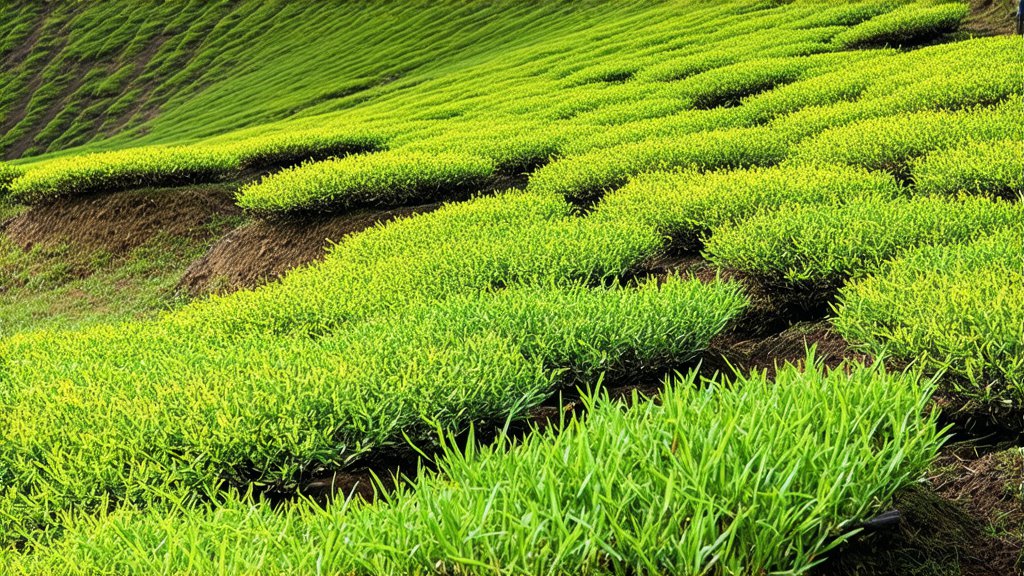
In the vast and diverse tapestry of Chinese tea culture, where green, black, white, oolong, and pu-erh teas each weave their own intricate patterns, there exists a lesser-known gem that glimmers with a unique golden hue – the Junshan Yinzhen, or "Silver Needle" yellow tea. This exquisite variety, hailing from the misty mountains of Junshan in Hunan Province, China, is not only a testament to the rich heritage of Chinese tea but also an invitation to explore the nuanced world of yellow tea. Join me, as we embark on a journey through time, unraveling the history, varieties, artisanal craftsmanship, and the delicate art of tasting this enigmatic brew.
A Glimpse into History
The tale of Junshan Yinzhen begins in the heart of China's Hunan Province, nestled amidst the verdant hills and mist-shrouded valleys of Junshan Island, situated within Dongting Lake. Its origins can be traced back over a millennium, with legend attributing its discovery to the Tang Dynasty (618-907 AD). According to folklore, a tea farmer named Wen Zhongzi stumbled upon this unique cultivar when he noticed tea plants growing wild on a high cliff, their buds covered in a fine, silvery down resembling needles. These 'silver needles' were harvested and processed using a method that would later become synonymous with yellow tea production.
Varieties and Classification
Junshan Yinzhen stands as the quintessential representative of yellow tea, a category that occupies a niche yet significant position within the Chinese tea classification system. Unlike its more popular counterparts, yellow tea undergoes a distinctive post-harvest process known as 'menqing' or 'smothering', which involves lightly steaming or baking the freshly picked leaves to initiate a controlled enzymatic oxidation. This step imparts the characteristic yellow color and subtle, mellow flavor profile to the tea.
While Junshan Yinzhen reigns supreme among yellow teas, other notable varieties include Mengding Huangya (from Sichuan), Huoshan Huangya (from Anhui), and Moshihuang Ya (from Zhejiang), each bearing its own regional characteristics and subtle variations in taste and aroma.
The Art of Craftsmanship
The journey from leaf to cup for Junshan Yinzhen is a testament to the meticulous artistry and deep respect for tradition upheld by Chinese tea masters. The process begins in late spring, when only the youngest, most tender shoots adorned with silvery down are carefully handpicked. These prized buds are then spread out thinly on bamboo mats to undergo the 'smothering' process. This involves covering them with cloth or paper to create a humid environment that encourages gentle enzymatic activity without allowing full oxidation, preserving the tea's delicate flavors.
Following this critical phase, the leaves are gently rolled and dried multiple times, each step performed with precision to ensure the perfect balance between moisture content and flavor development. The final product consists of slender, slightly twisted leaves with a pale yellow-green hue and a sweet, fruity aroma that hints at apricots and honey.
The Dance of Flavors: Tasting Junshan Yinzhen
To truly appreciate Junshan Yinzhen, one must engage in the meditative practice of Gongfu Cha, or 'the way of tea'. Begin by selecting a transparent glass teapot to admire the tea's graceful unfurling during steeping. Use water heated to around 80°C (175°F) to avoid scalding the delicate leaves.
Pour a small amount of hot water into the pot to warm it, discard this water, then add approximately 3-5 grams of Junshan Yinzhen per 150ml of water. Steep for about 2-3 minutes, allowing the tea to release its subtle complexities gradually. As you pour the first infusion, observe the liquor's bright amber hue, reminiscent of sunlight filtering through autumn leaves.
Take your first sip slowly, letting the tea coat your palate. Notice the initial sweetness that gives way to a gentle, persistent aftertaste with notes of floral honey and a whisper of fruitiness. The mouthfeel is silky smooth, leaving a cleansing sensation that invites further exploration with subsequent infusions. Each brew reveals new layers of flavor, a testament to the tea's complexity and depth.
Conclusion
Junshan Yinzhen is more than just a tea; it is an experience, a bridge connecting past and present, nature and nurture. Its golden secrets lie not only in its historical significance or the intricate craftsmanship involved in its making but also in the quiet moments of contemplation it inspires during each careful sip. As you delve into the world of Junshan Yinzhen, may you find solace in its simplicity, wonder in its subtlety, and a deeper appreciation for the timeless artistry that is Chinese tea culture.